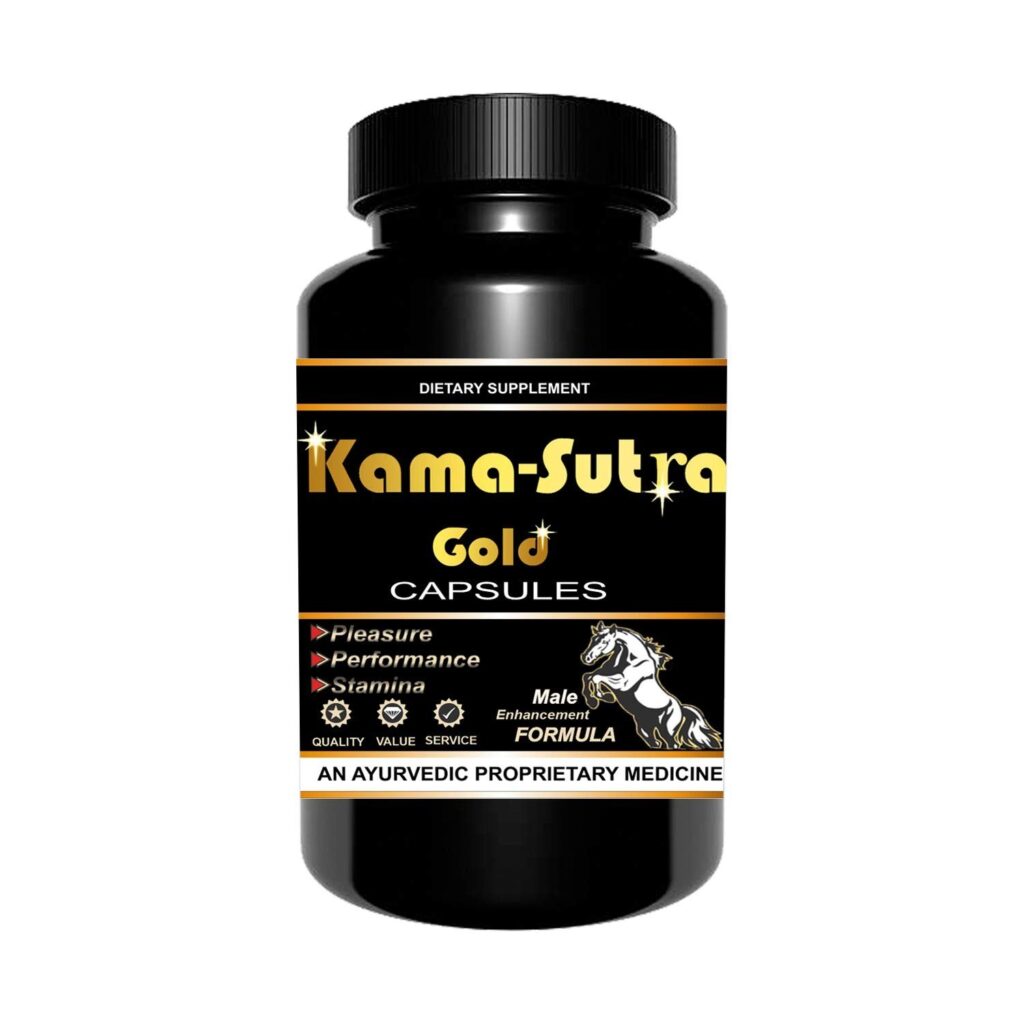Himalayan Shilajit, a powerful natural substance, has been revered for its therapeutic properties and cultural significance for centuries. This ancient substance, found in the Himalayan mountains, has gained attention for its potential health benefits and therapeutic applications. In this article, we will explore the origins, nutritional properties, and modern scientific findings of Himalayan Shilajit, shedding light on its ancient strength and modern relevance.
Key Takeaways
- Himalayan Shilajit has a rich cultural significance and historical use in traditional medicine.
- The mineral composition of Himalayan Shilajit contributes to its nutritional and therapeutic properties.
- Clinical studies have shown potential health benefits of Himalayan Shilajit.
- Bioactive compounds in Himalayan Shilajit have been the focus of scientific research for their pharmacological effects.
- The ancient strength of Himalayan Shilajit continues to be a subject of modern scientific exploration.
The Origins of Himalayan Shilajit
Discovery and Extraction
The quest for Himalayan Shilajit begins at the majestic mountain ranges of the Himalayas, where this ancient remedy has been wildcrafted for centuries. Nestled within these peaks, Shilajit is found in its organic form, oozing as a sticky resin from cracks in the rocks, particularly at high altitudes.
Shilajit extraction is a delicate process that involves careful selection and removal of the substance from its natural environment. The purity of the extract is paramount, ensuring that it retains its rich composition of minerals and organic compounds.
The extraction process typically follows these steps:
- Locating the Shilajit deposits, often at altitudes above 16,000 feet.
- Carefully scraping the resin from the rocks.
- Purifying the raw material to remove impurities.
- Drying the Shilajit to produce the final solid extract, ready for consumption or further processing.
Cultural Significance
Shilajit has long been more than just a substance; it’s a symbol of wellness deeply rooted in the cultural fabric of various Asian societies. Revered as a natural treasure, it has been used for over 4,000 years, often associated with longevity and rejuvenation. The reverence for Shilajit transcends mere health benefits, becoming a part of spiritual practices and holistic living.
In many communities, Shilajit is not merely consumed; it’s celebrated. Traditional festivals and rituals have evolved around its collection and use, highlighting its integral role in local customs. The substance’s mythical status is often reflected in the tales and folklore of the regions where it is found.
Shilajit’s cultural impact is evident in the way it has been preserved and honored throughout generations. Its resurgence in popularity is a testament to its enduring legacy.
The following list outlines the various aspects of Shilajit’s cultural significance:
- Spiritual and medicinal integration in daily life
- Inclusion in traditional healing ceremonies
- Symbolic representation of earth’s potency
- Preservation of ancient health practices in modern times
Historical Use in Traditional Medicine
Shilajit has been revered for centuries within the traditional medical systems of the Indian subcontinent. The substance was considered a panacea, believed to cure a multitude of ailments and enhance the body’s resilience. Its use in Ayurveda and Siddha medicine is well-documented, with practitioners prescribing it for its restorative and rejuvenative properties.
Shilajit’s historical significance is further underscored by its integration into daily life. It was not only a medicine but also a component of dietary supplements and wellness practices.
The following list outlines the various ways in which Shilajit was historically utilized:
- As a general tonic to increase overall vitality
- To promote longevity and slow down the aging process
- In the treatment of joint diseases and to enhance bone health
- For boosting memory and cognitive functions
- As an adjunct in the treatment of various urogenital diseases
This ancient remedy continues to capture the interest of modern science, with research delving into its complex composition and potential health benefits.
Nutritional and Therapeutic Properties
Mineral Composition
Himalayan Shilajit is a powerhouse of essential minerals and trace elements, required by the human body for optimal functioning. The mineral composition of Shilajit is a testament to its rich geological origins, with the substance containing over 84 minerals in ionic form, including calcium, magnesium, potassium, and iron.
Shilajit Resin, as found in products like Wellbeing Nutrition Pure & Natural Himalayan Shilajit, is particularly noted for its high mineral content. The following table outlines some of the key minerals found in Shilajit and their respective benefits:
| Mineral | Benefit |
|---|---|
| Iron | Enhances blood oxygenation |
| Calcium | Strengthens bones and teeth |
| Magnesium | Supports muscle and nerve function |
| Potassium | Regulates fluid balance |
The synergistic effect of these minerals contributes significantly to the overall health-promoting properties of Shilajit. Regular consumption can help address mineral deficiencies and promote well-being.
The presence of additional compounds such as Saffron and Cinnamon Bark in proprietary blends further enhances the therapeutic potential of Shilajit, making it a valuable addition to one’s daily regimen.
Health Benefits
The consumption of Himalayan Shilajit is often associated with a myriad of health benefits. Rich in fulvic acid, this natural substance is believed to enhance energy production and support blood formation. Its unique composition allows for the efficient transportation of nutrients into the cells, which can lead to an overall boost in vitality and wellness.
Shilajit is also credited with supporting the immune system, improving memory, and aiding in the management of stress. The benefits extend to various aspects of health, including:
- Enhanced physical performance and recovery
- Improved cognitive function
- Regulation of blood sugar levels
- Promotion of healthy aging
The potential of Shilajit in promoting health and well-being is substantial, with its effects permeating through multiple bodily systems.
Potential Therapeutic Applications
The exploration of Himalayan Shilajit in the realm of modern medicine has uncovered a spectrum of potential therapeutic applications. Shilajit’s adaptogenic properties may support the body’s resilience against stress, while its anti-inflammatory effects could be beneficial in managing conditions like arthritis.
Shilajit has also been studied for its potential in enhancing cognitive functions and memory, making it a subject of interest for neuroprotective strategies. The following list outlines some of the promising areas where Shilajit is being investigated:
- Neuroprotection and cognitive enhancement
- Anti-inflammatory and pain relief for joint diseases
- Immune system modulation
- Antioxidant activity and cellular health
The versatility of Shilajit in therapeutic contexts is remarkable, with ongoing research aiming to substantiate its efficacy across a range of health concerns.
While the full scope of Shilajit’s therapeutic potential is still being mapped out, the preliminary findings suggest a bright future for this ancient remedy in modern healthcare practices.
Modern Research and Scientific Findings
Clinical Studies
Recent clinical studies have shed light on the efficacy of Himalayan Shilajit in various health aspects. Research indicates that Shilajit may promote collagen production, which is crucial for skin elasticity and joint health. Additionally, its role in bone formation and the healing of bone fractures has been observed, highlighting its potential in supporting skeletal health.
Shilajit’s anti-inflammatory effects have also been a subject of interest. These properties may contribute to its therapeutic applications in conditions like arthritis and may help reduce general inflammation in the body.
The consistent findings across different studies suggest a promising future for Shilajit in integrative medicine.
While the research is ongoing, the following table summarizes key findings from recent studies:
| Study | Effect Observed |
|---|---|
| A | Improved collagen synthesis |
| B | Enhanced bone healing |
| C | Reduction in inflammation markers |
Bioactive Compounds
The exploration of Himalayan Shilajit reveals a treasure trove of bioactive compounds that contribute to its potent effects. Among these, fulvic acid stands out as a key player. Fulvic acid is known for its ability to enhance nutrient absorption and support various bodily functions.
In addition to fulvic acid, Shilajit contains a complex synergy of substances including humins, humic acids, and trace minerals. These compounds work together to offer a unique health experience, one that compels us to think about our lives and learn from experiences.
The intricate composition of Shilajit not only supports traditional uses but also aligns with modern health trends, promoting products for weight gain and tapping into the health benefits of ayurvedic medicine.
The following table summarizes some of the key bioactive compounds found in Himalayan Shilajit:
| Compound | Function |
|---|---|
| Fulvic Acid | Enhances nutrient absorption |
| Humins | Antioxidant properties |
| Humic Acids | Supports detoxification |
| Trace Minerals | Provides essential nutrients |
Pharmacological Effects
The pharmacological effects of Himalayan Shilajit have been a subject of interest for both traditional practitioners and modern scientists. Shilajit is believed to act on various physiological systems, enhancing overall health and well-being.
Fulvic acid, a key component of Shilajit, is known for its antioxidant and anti-inflammatory properties. This compound contributes significantly to the substance’s therapeutic potential, influencing cellular processes and the immune system.
The adaptogenic nature of Shilajit helps the body resist stressors of all kinds, whether physical, chemical, or biological.
Recent studies have highlighted several pharmacological effects of Shilajit, including:
- Anti-aging properties
- Enhanced nutrient absorption
- Improved cognitive function
- Increased energy levels and vitality
While the research is promising, further studies are needed to fully understand the scope of Shilajit’s pharmacological impact and to standardize its use in modern medicine.
Conclusion
In conclusion, the ancient strength of Himalayan Shilajit offers a wide range of benefits that have been valued for centuries. From its rich mineral content to its potential health-boosting properties, Shilajit has proven to be a valuable natural resource. Whether used in traditional medicine or modern wellness practices, the benefits of Shilajit continue to intrigue and inspire. As we look to the future, it’s clear that the legacy of Himalayan Shilajit will endure as a symbol of ancient wisdom and strength.
Frequently Asked Questions
What is Himalayan Shilajit?
Himalayan Shilajit is a natural substance that is formed over centuries by the decomposition of plant matter and minerals in the Himalayan mountains. It is rich in bioactive compounds and minerals.
What are the nutritional components of Himalayan Shilajit?
Himalayan Shilajit contains a wide range of minerals including fulvic acid, humic acid, iron, magnesium, potassium, and calcium. It also contains various bioactive compounds with potential health benefits.
How is Himalayan Shilajit traditionally used?
In traditional medicine, Himalayan Shilajit is used to promote energy, vitality, and overall well-being. It is also used to support the immune system and as a rejuvenating tonic.
Are there any scientific studies supporting the benefits of Himalayan Shilajit?
Yes, there is growing scientific research on Himalayan Shilajit that supports its potential health benefits. Clinical studies have shown its positive effects on energy metabolism, antioxidant activity, and cognitive function.
Can Himalayan Shilajit be used as a natural supplement?
Yes, Himalayan Shilajit is commonly used as a natural dietary supplement due to its rich mineral composition and bioactive compounds. It is available in various forms such as capsules, powders, and extracts.
Are there any safety concerns associated with Himalayan Shilajit?
When used in recommended doses, Himalayan Shilajit is generally safe for consumption. However, it is important to source it from reputable suppliers to ensure purity and quality.











